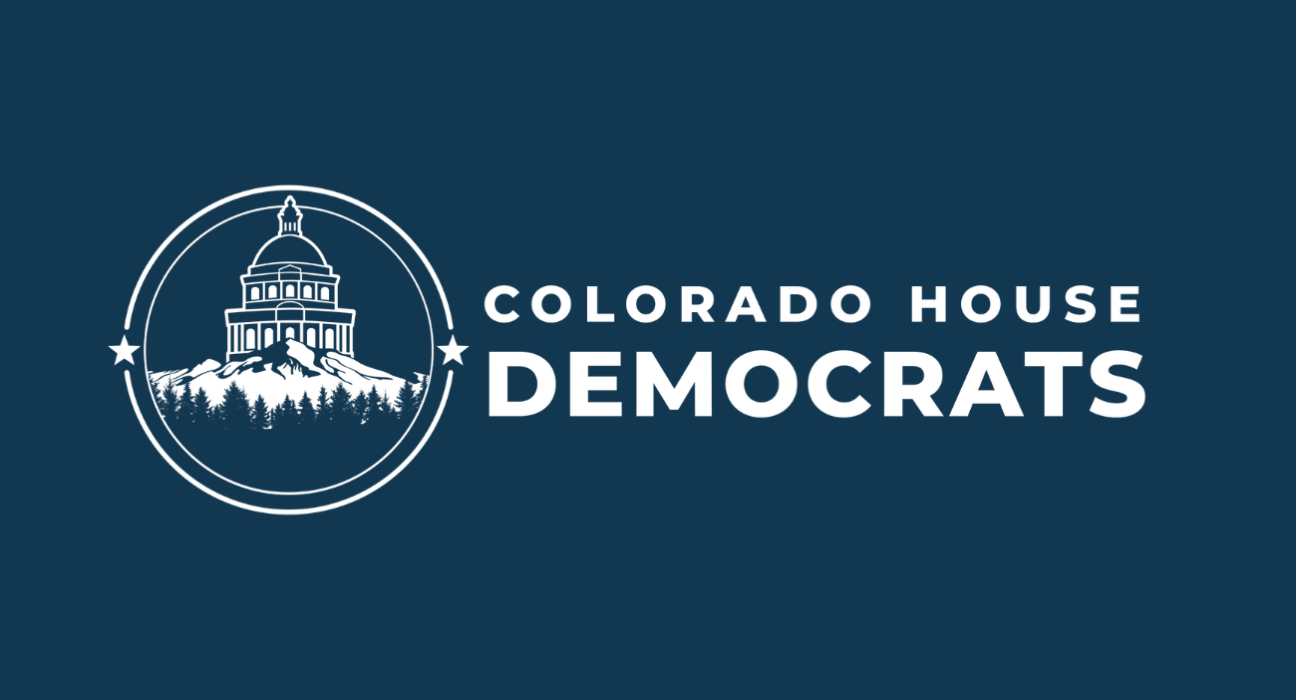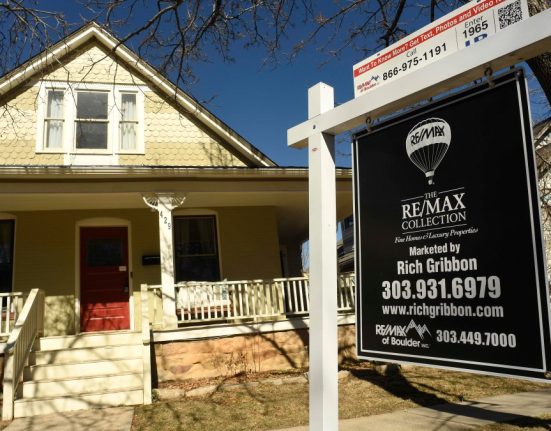Bipartisan school funding updates drive more resources to support at-risk students, English Language Learners, special education students, and rural districts
Committee also passes bipartisan bill to improve transparency into higher education costs and reduce barriers to completing higher education degree or certificate programs
DENVER, CO – The House Education Committee today passed two bipartisan bills aimed at supporting Colorado students.
HB24-1448, sponsored by Speaker Julie McCluskie and Assistant Majority Leader Jennifer Bacon, would update Colorado’s outdated and inequitable school finance formula by increasing funding for rural schools and at-risk, special education, and English Language Learner students. SB24-164, also sponsored by McCluskie, would improve transparency requirements for higher education institutions and increase the rights of higher education students seeking transfer credits.
“Updating Colorado’s public school finance formula to be student-centered is a bold step toward improving equity in school funding and delivering a high-quality education to every student in Colorado no matter where they reside,” said Speaker Julie McCluskie, D-Dillon. “Building on the recommendations from the Public School Finance Task Force and in collaboration with districts and education leaders across the state, this plan increases funding for the students with the greatest needs and provides additional resources to rural and smaller districts that have historically been underfunded. Investing in high-quality education means we’re fostering a lifetime of success for our learners, and I am incredibly proud of our bipartisan efforts to make education funding in our state more equitable and student-centered.”
“For over 30 years, Colorado has used an inequitable school funding formula that is now outdated, and as a result, we haven’t been able to meet the needs of our most vulnerable students,” said Assistant Majority Leader Jennifer Bacon, D-Denver. “The need to change the formula is clear, which is why we’re championing this legislation that puts students first. Using recommendations from the Public School Finance Task Force, we’re making school funding more equitable by increasing funding for at-risk students, English Language Learners, and students in special education. Public education funding in Colorado is the highest it’s been in decades, and this bill overhauls the school finance formula to better meet the educational needs of every learner.”
HB24-1448, which passed by a vote of 8-3, is also sponsored by Senate Minority Leader Paul Lundeen, R-Monument and Senator Rachel Zenzinger, D-Arvada. It would update Colorado’s school finance formula which has not been significantly modified in over 30 years.
The current formula, which is built around district-centered factors rather than student needs, is confusing and overly complex. It directs more funding to wealthier districts, rather than directing funds to low-income students, English Language Learners, or those in special education. State data shows that at-risk students, English Language Learners , and special education students are not achieving at the same levels compared to their peers, demonstrating that the current school funding formula from 1994 does not address and meet the needs of these students
This legislation implements the spirit of the recommendations of the School Finance Task Force, which reached overwhelming consensus, in order to drive more resources to the students who need them the most, specifically at-risk students, special education students and English Language Learners.
With hundreds of millions of additional dollars now going to public schools in Colorado, these changes, which would take effect for the 2025-2026 school year and implement in a gradual phase-in over 6 years, will drive more of these new resources to historically underfunded districts with lower property wealth and that serve a higher number of at-risk students and English Language Learners. When fully implemented, there will be $852 million in the formula for our at-risk students, $142.7 million for English Language Learners, and $240 million in the formula for our Special Education students, in addition to the constitutionally-required $375 million in the Special Education categorical. Remote and rural districts would receive an additional $255 million under this formula, once fully funded.
The new formula puts students first by increasing the student weights for at-risk, English Language Learners, and adding a new special education factor. At-risk, English Language Learner, and special education weights will all be set at 25 percent, an increase from the current 12 percent weight for at-risk, 8 percent weight for English Language Learners, and no weight for special education in the formula. The categorical funding for special education will continue to increase according to law and Amendment 23.
The new formula is simpler and better accounts for district characteristics by fixing the “Order of Operations” to emphasize student needs. It removes the multiplicative factors that change the base funding per pupil, which currently creates cascading funding impacts throughout the formula that are challenging to track. Instead, factors that increase funding for small districts or districts with high cost of living will be additive and easy to understand. It also creates a new remoteness factor to support rural schools and will hold harmless any districts that drop below current law funding.
Access the school finance simulator here to see individual school district impacts.
SB24-164, also sponsored by Minority Leader Rose Pugliese, R-Colorado Springs, passed committee unanimously. This bill would make it easier to transfer college credits, improve transparency in higher education reporting, and ensure rights for students enrolled in postsecondary institutions.
“Creating a more inclusive, transparent, and student-centric higher education system in Colorado means we can put students first,” added McCluskie. “This bill will make it easier for students pursuing higher education in Colorado to understand the cost of their degree or certificate and complete their education, and will ensure that students transferring from a community college receive the credits they deserve for the classes they have taken at other institutions.”
Transparency requirements include:
-
Transparency of the cost of postsecondary education;
-
Seamless transfer of general education and transfer pathway courses;
-
Transparency regarding if credits are accepted or rejected from an institution; and
-
The ability to appeal an institution’s decision not to accept transfer credits.
A major challenge transfer students face is the transferability of postsecondary credits. On average, transfer students lose a full semester of credits, which translates to time and money lost. There are current methods that exist within Colorado’s higher education framework to ease transitions between higher education institutions such as transferable lower division courses, common course numbering, and guaranteed transfer pathways. SB24-164 would build on this framework by bolstering student rights and easing the transfer of course credits.







